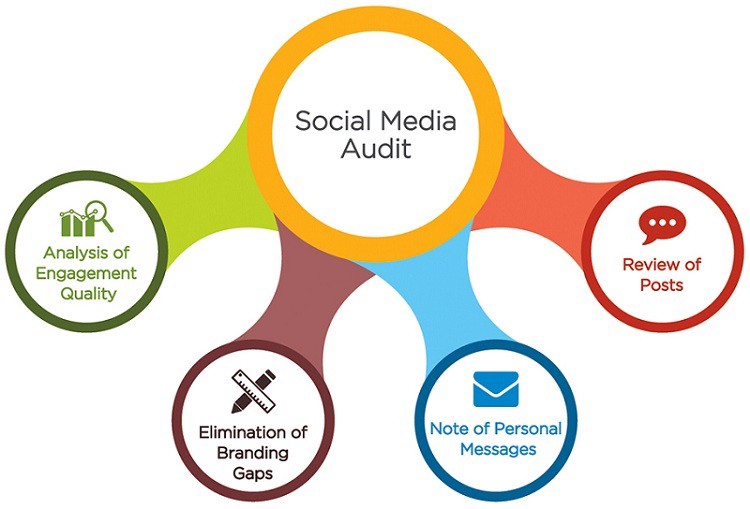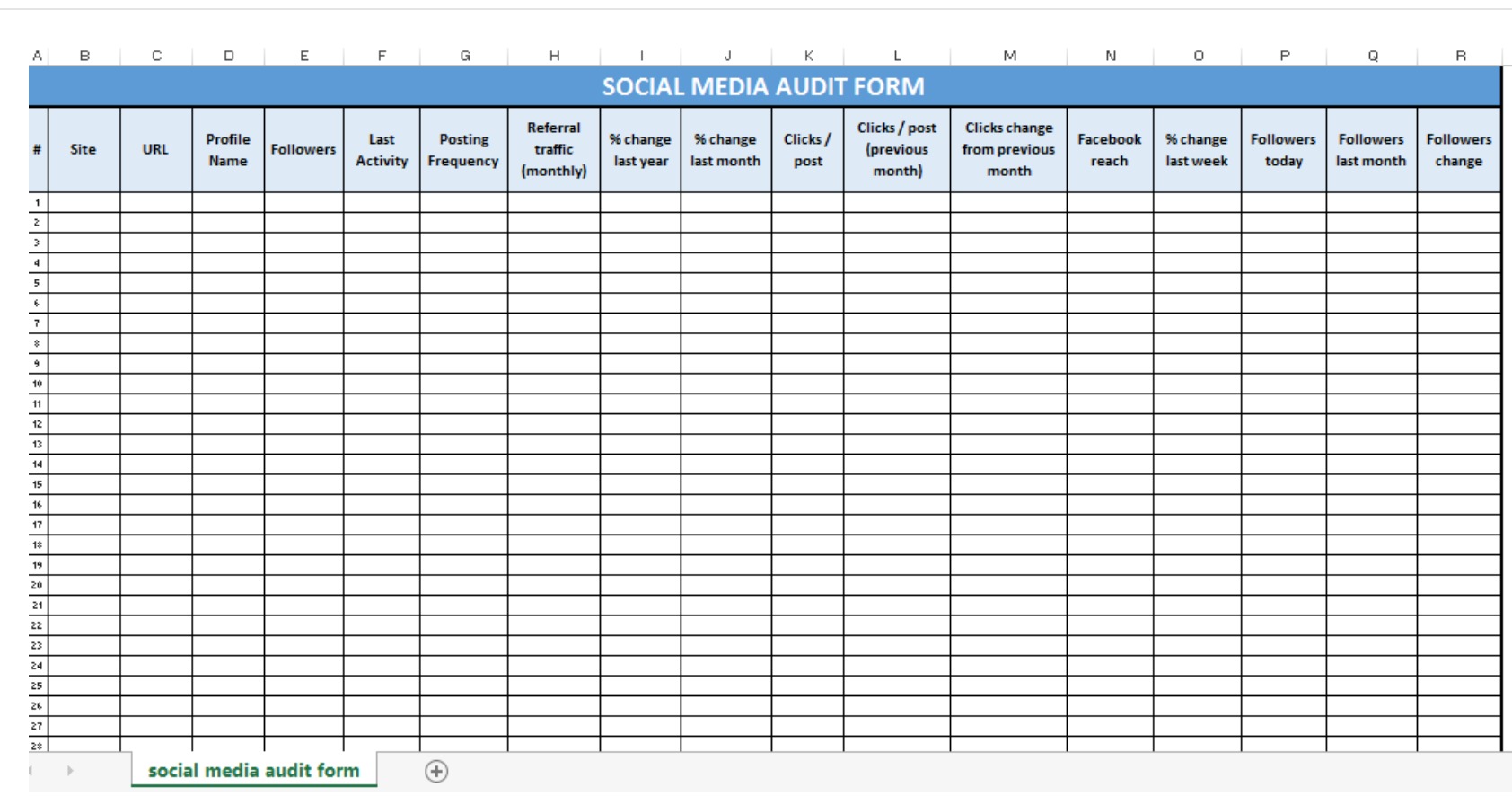
[ad_1]
Whether we’re looking for up-to-the-minute news of the world or silly distractions to escape from it, we turn to the same place — social media. With these platforms holding so much of our attention, it’s no surprise that they’ve become such a powerful engine for commerce. Businesses of all sizes now understand how important it is to engage in social media marketing.
Almost half of the world’s people are on social media. More than 50% of them use social media to research products they’re thinking of buying. That’s not just for B2C purchases — social media is just as important for B2B marketers, with nearly 90% of them using LinkedIn to generate leads.
The outsized focus on LinkedIn reflects the fact that most marketers who know what they’re doing aren’t winging it. They know that the professionals who buy from them are more likely to be spending time on LinkedIn than TikTok, and they’re allocating their marketing resources accordingly. In other words, they have a social media marketing plan.
But how do you know when your plan is working? Trends change, platforms rise and fall — what basis do marketers have for updating their social media marketing plans over time?
To get these answers, you have to look at your social media activity and the data it generates to see what they’re telling you. In other words, it’s time to perform a social media audit.
What is a Social Media Audit?
As anyone who’s gotten creative with their income taxes can tell you, “performing an audit” doesn’t exactly conjure up images of a good time. There certainly is some number-crunching involved. On the other hand, when you think about the insights and opportunities a social media audit can provide, there are reasons to get excited about it.
A social media audit is a review of your social media activities and how well they’re meeting your social media marketing plan’s objectives. It involves looking at key performance indicators and other metrics to see what’s working well, what needs improvement, and how you can optimize your social presence. With this information, you’ll be able to grow your audience and elicit deeper engagement.

Why You Should Audit Your Social Media
Most companies know that they need to be on social media — that’s where their audience is. Most companies also grow their social presence in fits and starts. They join new platforms once they reach some critical mass of popularity, with different teams in charge of different accounts. Ad buys and content marketing campaigns get launched, but measuring ROI on social media is a challenge. Establishing a social media marketing plan can organize things, but it still leaves loose ends and unknowns in the data.
A social media audit will help you zero in on those inconsistencies, weak spots, and missed opportunities. It forces you to evaluate all of these disparate measures in terms of how they’re serving your goals. The result of a successful audit? It gives you concrete action steps to make your social media presence more unified, more engaging, and more likely to turn your followers into leads and buyers.
You don’t need to be a CPA to do a social media audit. Everyone using social media to market their brand can benefit from taking the time to analyze what they’re doing and figure out how to do it better.
How to Perform a Social Media Audit
Performing a social media audit can be broken down into seven steps:
1. Preparation
You’ll need a place to organize and tabulate your data, so fire up your favorite spreadsheet program or use one of the many free templates you can find on the web. In this audit sheet, you’ll enter data from all of your social media profiles, including basic information about each account as well as key metrics like follower count, posting frequency, and engagement.

To gather that data, locate and open up all of your social media profiles. Not just the big active ones, but also any secondary profiles, profiles on small or little-used platforms, and inactive profiles. By including every profile, you make it easier to maintain consistency and use your marketing resources efficiently — and that’s important.
Your performance data may be accessible from tools included within each platform, or you may have to use tools like Google Analytics or the Facebook Pixel. If you have a social media management tool, this is where its abilities really shine when it helps you locate and analyze your key metrics.
2. Define Your Plan for Each Platform
Part 2 involves asking questions about your goals. What are your goals for each social media network where you have a presence? Is it amassing followers? Generating leads? Building brand authority? Or do you simply want to increase website traffic?
Once you know what your goals are, then you need to ask two questions of each:
- What are the relevant KPIs for each goal?
- What are the specific metrics you will measure?
Note the goals for each profile on your audit sheet and include columns for each metric.
3. Optimize Your Branding and Profiles
Take a look at each social media profile you listed. They should all be completely filled in, optimized for the platform, and consistent with each other. The branding, language, and promotions should all be up-to-date and in agreement with each other. If it’s July and your Pinterest profile is still all done up for Halloween, that’s a problem.
There may be times when some variance between platforms makes sense, but this needs to be a deliberate strategic choice. Inconsistent branding and incomplete profiles don’t just look sloppy; they send the message that you’re not fully engaged with the platform — and if you’re not, why would your audience be?
4. Dig into the Data
Now it’s time to take a closer look at your analytics, focusing on the ones related to performance. For example, your goal may be to grow your audience. If so, you’ll want to examine data like your total follower count and the number of followers added during the audit period. If you’re focused on increasing engagement, your KPIs might be shares or direct interactions.

Next, analyze the demographics for each platform to see who’s engaging and where. This information is essential for creating customer personas, adjusting your targeting, and determining whether you’re reaching the right audience. It does you no good to push memes that bring in the 18-24 year-olds when your products are aimed at the 55-and-older crowd.
5. Find Your Posts with the Most
For each platform, identify your five best-performing posts. Analyze these posts to figure out why they got the most engagement. It might be the type of media — many marketers find video to be their most-viewed content. Maybe it’s your tone, if your more serious and thoughtful posts get more impressions than your short and humorous ones.
Whatever it is, you want to be doing more of it. Your top posts are proven examples of what’s resonating with your audience and sparking their interest.
6. Find Out if You’re Missing Out
Once you’ve got all your profiles and their associated performance data in one place, evaluate whether you’d be better served by focusing more on certain platforms and less on others.
An underperforming profile may indicate that your leads just don’t have a strong presence on that platform, but not always. Before you disengage, try to determine if taking a different approach on that platform would yield better results. One way to do this is to study the competitive landscape and see what similar businesses are doing. If your closest competitors are thriving on a platform where you’re having little success, maybe you need to change up your strategy. Monitoring competitors and influencers can also lead you to find opportunities on new platforms.
7. Update Your Social Media Plan

The final step is to use your audit findings to update your social media marketing tactics. At this point, you should have a clear vision of how your social media activities are serving your goals. Based on what you’ve learned, create some new action items.
These may include:
- Optimizing older profiles
- Creating new customer personas
- Updating your social media calendar and automated posting schedule
- Expanding further into some platforms while pulling back from others
- Modeling new content after some of your most successful posts
What needs to be done all depends on the intersection of your goals and what the data reveals about the success of your efforts to reach them.
The entire purpose of the audit is to improve your marketing plan. Take what you’ve learned and make it better, and keep auditing regularly to ensure your marketing strategy is always as effective as you can make it.
Audits Keep Your Plan Relevant
Social media audits are essential to keeping your marketing plans relevant. Audits should be performed quarterly or even monthly to keep you in step with the times. Annual audits can also be helpful to capture long-term trends and seasonal trends.
Performing social media audits can take the guesswork out of marketing and help you identify and track the metrics that enable you to measure your ROI. These insights can give you a competitive edge in expanding your reach and converting leads in the ever-changing world of social media.
[ad_2]
Source link